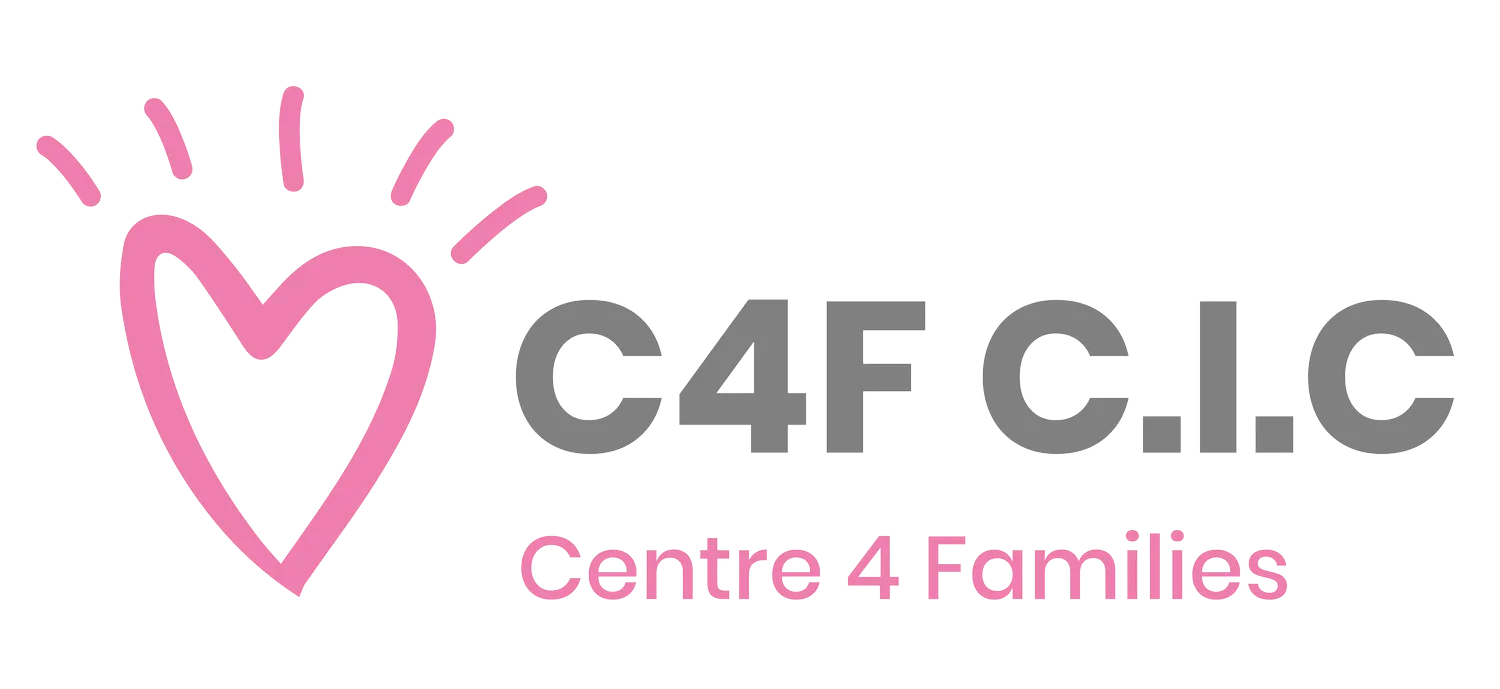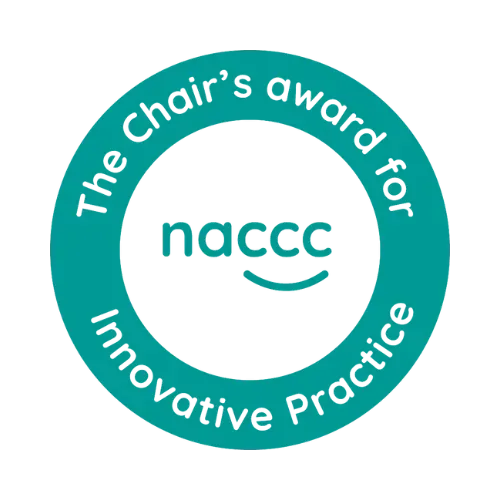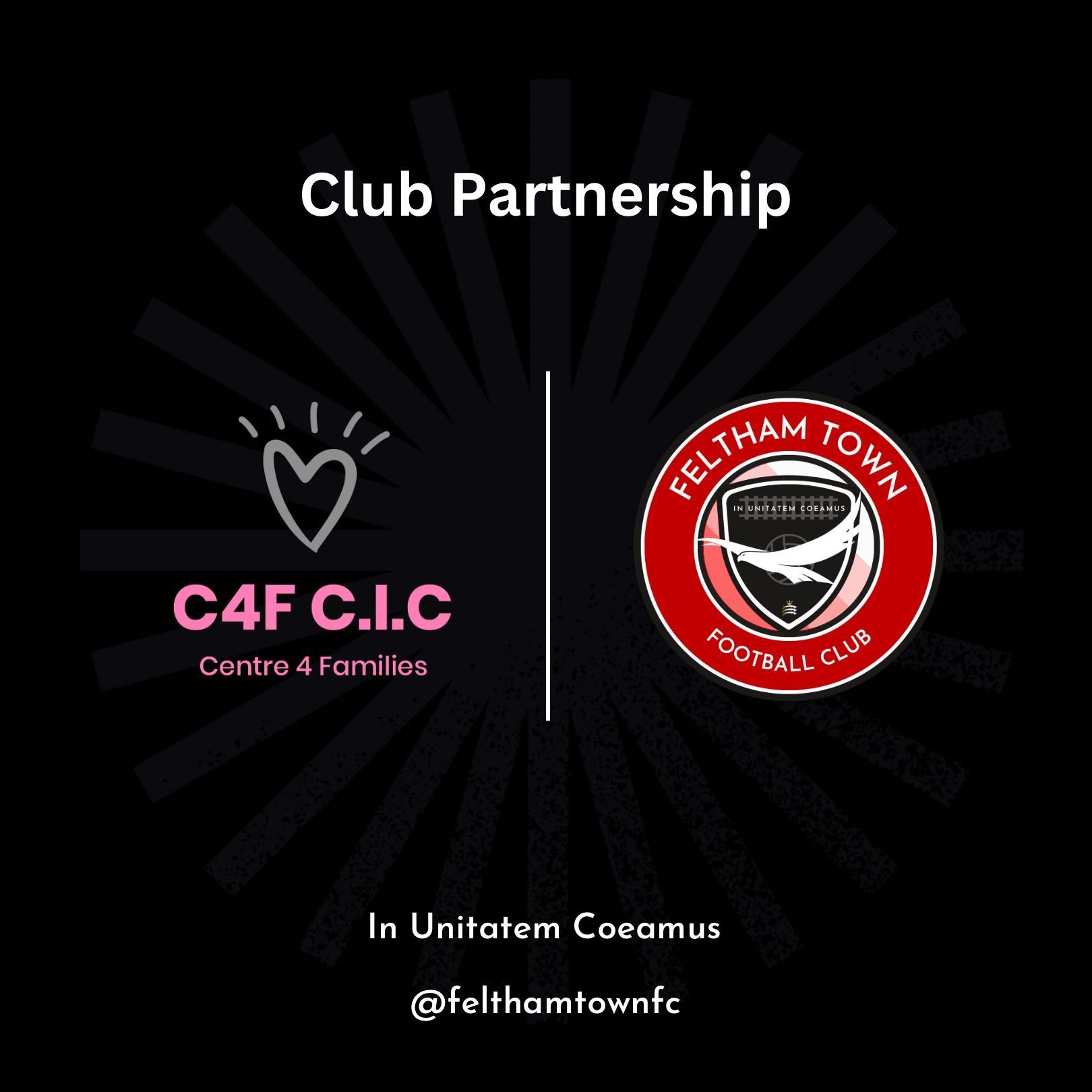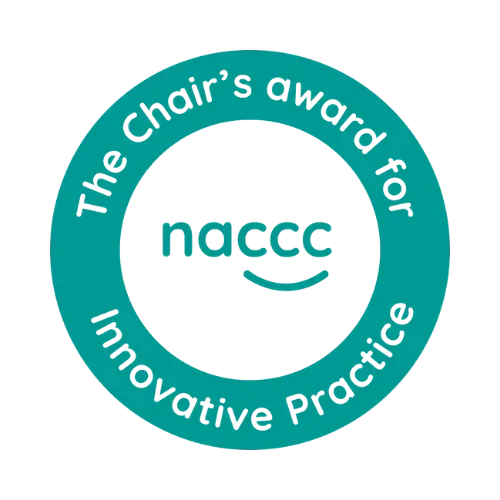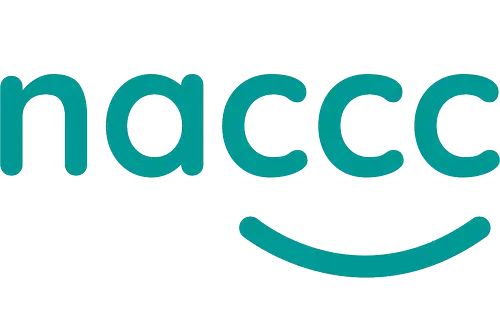Supported Contact
When families are ready to move on from a higher level of supervision, or when risk is assessed as lower, Supported Contact offers a positive way forward.

Supported Contact
It provides the opportunity for children and parents to spend time together in a safe, neutral setting, with trained staff available nearby to give reassurance and assistance if needed.
Unlike supervised contact, staff are not continuously observing and recording the session. Instead, their role is to remain on hand to offer support, guidance, and encouragement, while allowing families to enjoy more natural and relaxed interactions.


Why Supported Contact Helps
Supported contact is often an important stepping stone for families. It helps parents and children reconnect in a safe space while gradually building independence and confidence.
A more relaxed environment where families can interact naturally.
Reassurance that professional support is available if it is needed.
Opportunities for children to spend time with their parent without feeling under constant observation.
A sense of progress and achievement for families who have previously required supervised contact.
Supported contact can also be a helpful long-term arrangement when families feel more comfortable knowing that a neutral space and supportive staff are available.

What to Expect in a Supported Contact Session
Every supported session is child-centred, focusing on what helps the child feel safe, comfortable, and happy.
A trained staff member is available in the centre, ready to step in if support is required.
The emphasis is on the parent and child enjoying meaningful time together — through conversation, shared activities, or play.
Parents are encouraged to use the time to strengthen their relationship, build routines, and create positive experiences for their child.
The environment is welcoming and homely, with toys, books, and play equipment available.
Staff will not provide detailed written reports in supported sessions, but they remain attentive and ready to assist should any concerns arise.
Moving Forward from Supported Contact
For many families, supported contact is part of a journey of progress. With consistency, reassurance, and positive sessions, families may move towards independent arrangements outside the centre. For others, supported contact provides the right level of ongoing reassurance and structure for their situation.
Our team will regularly review how the sessions are going, always with the child’s wellbeing as the priority. If circumstances change, we will adapt the type of contact to reflect what is best for the child.


How to Arrange Supported Contact
Supported contact can be arranged in a number of ways, including referrals from:
- Local authorities and social workers
- CAFCASS and the courts
- Solicitors
- Parents directly (self-referral
Once we receive a referral or enquiry, we:
1.Complete registration and assessment.
2.Match your situation to the most suitable form of contact.
3.Work with you to arrange times and prepare for the sessions.
A Safe, Welcoming Environment
At C4F, we know that spending time together is about more than simply being in the same room.
It’s about creating a space where children feel safe, cared for, and able to enjoy their relationship with their parent.
Supported contact provides families with this balance: the reassurance of a neutral, safe centre combined with the freedom to interact more naturally. Our team are always there to help, while giving families the space they need to grow stronger connections.
Supported Contact at C4F is about encouragement, progress, and building trust — one step at a time.
